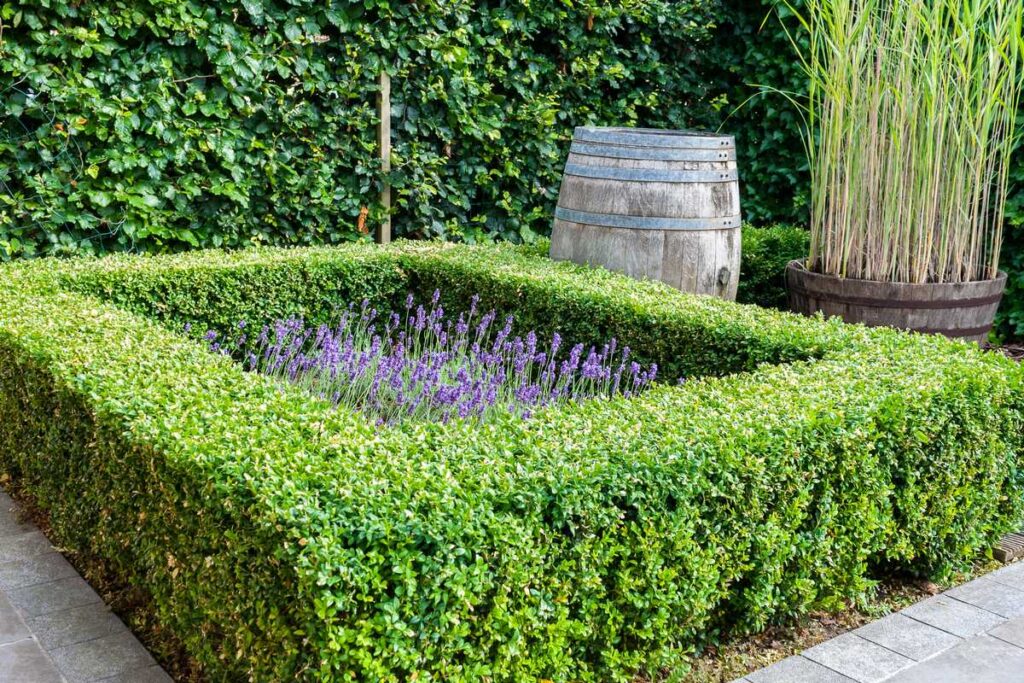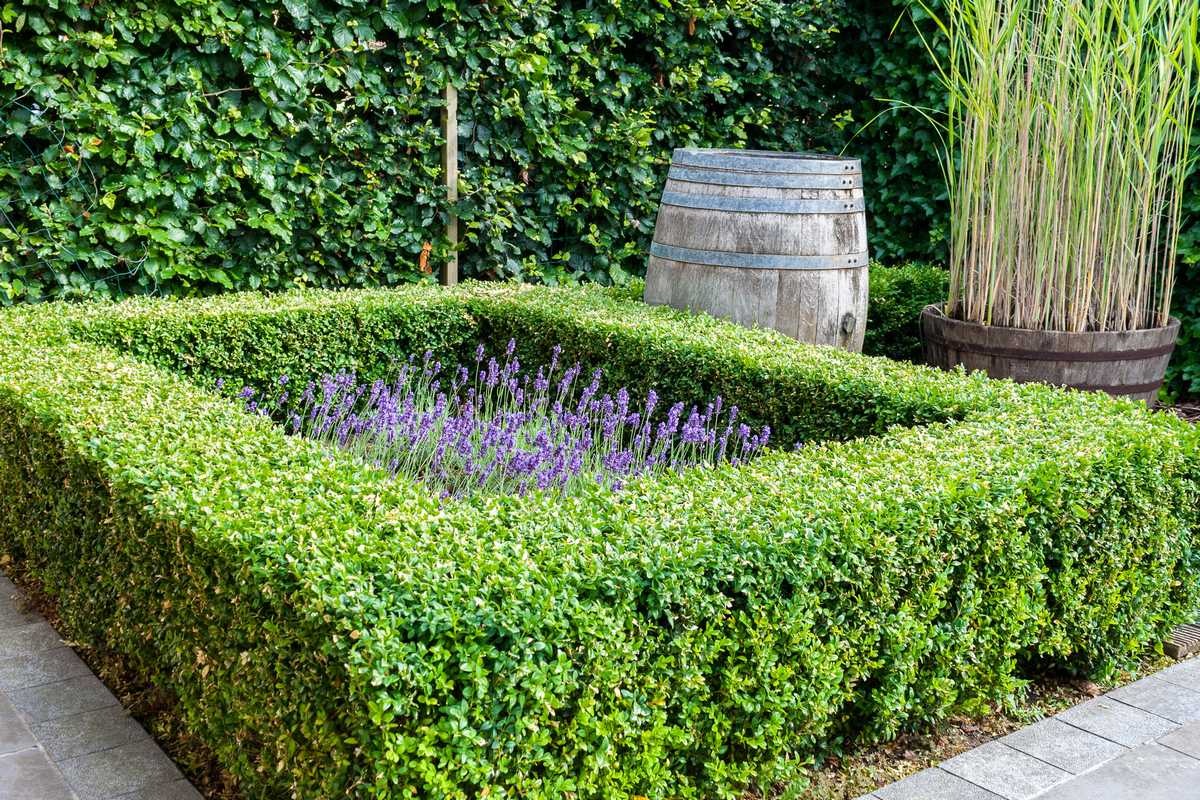
Today, some tips for planting a border of boxwood (Buxus sempervirens).
Even if they are slow growing, more and more affected by diseases and by this damn caterpillar which is decimating them, boxwoods remain among the most used plants in the garden. It must be said that they are versatile and allow us to create beautiful borders, superb hedges or even pretty topiaries when planted alone. Quite a symbol in american gardens.
When to plant boxwood on the edge?
As they are found in garden centers sold in small pots or in larger containers, they can be planted almost at any time of the year. But I advise you to install your boxwood hedge in spring or autumn. Ideally, it is in October that it is better to plant it: then we often have the best conditions for them to take root as well as possible: soil that is still warm and regular rains!
If you are late or you have the opportunity to find them with bare roots, planting is possible all winter long, except during the frost period.
Boxwood border: planting distance
If you want to make a low border or an embroidery around a bed or your vegetable garden that you are going to maintain at 15 cm in height by pruning in spring and at the end of summer , you must tighten the plants: count 1 boxwood every the 10 cm!
To make a higher border, at 40 or 50 cm in height, leave at least 25 cm to 30 cm between the plants.
Boxwood makes it possible to make low borders which remain green all year round.
If you want a narrow, but taller border, you can plant hornbeams or plant a beech hedge . The foliage of these two shrubs is marcescent. Their leaves are therefore green (or purple in the case of the purple beech) from spring to autumn, then turn brown in autumn. But they remain attached to the branches all winter long, which allows the screen effect to be maintained.

The stages of planting
- Rather than a planting hole, dig a trench at least 20 cm deep and wide at the location of your border.
- Don’t hesitate to plant the box trees by lightly burying the base of their stem and the best thing is to fill in with a mixture of extracted soil and compost.
- Then spread a little horse manure around the feet on the surface, water abundantly and you’re done! You will have fed them for a while.
Any soil is suitable for this border
Don’t worry too much about your land. Whether your soil is calcareous, slightly acidic, clayey, stony or even sandy, everything will suit boxwood as long as the drainage is good! Yes, because one of his only faults is there: he hates having too much water, which favors fungi!!
As for exposure, it’s the same. In the shade, semi-shade or in the sun, he doesn’t care! And I would even say that your border will look better in the shade!
That’s it for today. If you liked this podcast, do not hesitate to subscribe to it to be informed of the publication of new issues.

